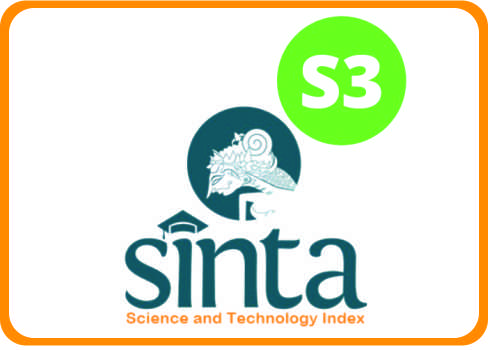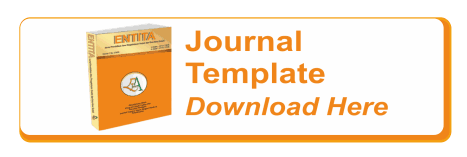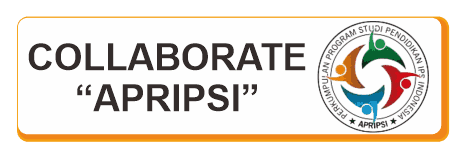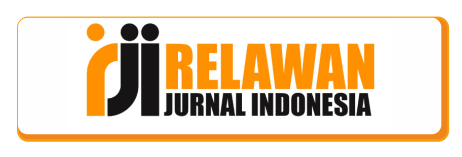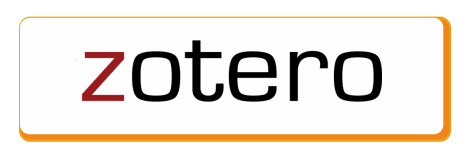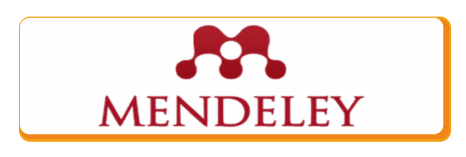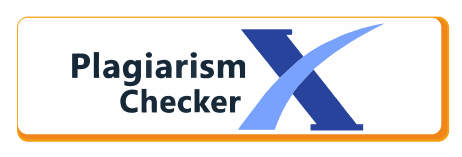Social Capital Formation Through Teaching Methods at State Islamic High Schools in Malang
 Abstract views: 336
,
Abstract views: 336
,
 PDF downloads: 267
PDF downloads: 267
Abstract
Social capital assumed to be one of the most important aspect which contributed in the societal development of a country. Putnam Analysis proved that the high level of social capital in a country can do so. To form that social capital, all elements in a country need to cooperate each other, including education. Education and social capital produce a very tight connection because the social capital is transmitted in school as an important part of education. This study will explore some teaching methods which can contribute in the formation of social capital in some Islamic high schools in Malang. This study is qualitative in nature. The research subjects were teachers and students in State Islamic High Schools 1 and 2 Malang. The data collection techniques used were interviews, observations, and documentation. The data were analyzed descriptively qualitatively. The results showed that the teachers have practiced some teaching methods that contributed in the social capital element formation of mutual trust, norms, and networking. The social capital formation also formed by the building and developing the productive networking between teachers and students.
Downloads
References
Algan, Y., Cahuc, P., & Shleifer, A. (2013). Teaching practices and social capital. American Economic Journal: Applied Economics, 5(3), 189–210. https://doi.org/10.1257/app.5.3.189
Andersen, A. L., & Rösiö, C. (2021). Continuing Engineering Education (CEE) in Changeable and Reconfigurable Manufacturing using Problem-Based Learning (PBL). Procedia CIRP, 104, 1035–1040. https://doi.org/10.1016/j.procir.2021.11.174
Carbonaro, W. J. (1998). A little help from my friend’s parents: Intergenerational closure and educational outcomes. Sociology of Education, 71(4), 295–313. https://doi.org/10.2307/2673172
Coleman, J. S. (1988). Social Capital in the Creation of Human Capital. American Journal of Sociology, Vol. 94, S95–S120. https://www.jstor.org/stable/2780243
Coleman, J. S., & Hoffer, T. (1987). Public and Private High Schools: The Impact of Communities. Basic Books.
Field, J. (2003). Sosial Capital. London: Routledge.
Fukuyama, F. (1995). Trust: The Social Virtues and the Creation of Prosperity. Simon & Schuster. http://www.bravo-mag.com/25-nigerian-ceos-in-fraud-scandal/
Imandoust, S. B. (2011). Relationship between Education and Social Capital. International Journal of Humanities and Social Science, 1(12), 52–57.
Mehmet, U., & Emel, T. B. (2020). Relationship between school, family and environment, according to school principals views. Educational Research and Reviews, 15(3), 115–122. https://doi.org/10.5897/err2019.3872
Putnam, R. D. (2000). Bowling Alone: The Collapse and Revival of American Community. Simon & Schuster.
Seibert, S. A. (2021). Problem-based learning: A strategy to foster generation Z’s critical thinking and perseverance. Teaching and Learning in Nursing, 16(1), 85–88. https://doi.org/10.1016/j.teln.2020.09.002
Shah, S. S. A. (2009). Impact of Teacher’s Behaviour on the Academic Achievement of University Students. Journal of College Teaching & Learning, Vol. 6(No. 1), 69–74. https://doi.org/DOI:10.19030/TLC.V6I1.1183
Copyright (c) 2022 ENTITA: Jurnal Pendidikan Ilmu Pengetahuan Sosial dan Ilmu-Ilmu Sosial

This work is licensed under a Creative Commons Attribution-NonCommercial 4.0 International License.
ENTITA: Jurnal Pendidikan Ilmu Pengetahuan Sosial dan Ilmu-Ilmu Sosial operates an Open Access policy under a Creative Commons Non-Commercial 4.0 International license. Authors who publish with this journal agree to the following terms:
- The copyright of the received article once accepted for publication shall be assigned to the journal as the publisher with licensed under a

- Journal is able to enter into separate, additional contractual arrangements for the non-exclusive distribution of the journal's published version of the work (e.g., post it to an institutional repository or publish it in a book), with an acknowledgement of its initial publication in this journal.
- Journal is permitted and encouraged to post their work online (e.g., in institutional repositories or on their website) prior to and during the submission process, as it can lead to productive exchanges, as well as earlier and greater citation of published work (see The Effect of Open Access).
- Here is Copyright Transfer Form that author can download and send to OJS during submission.




